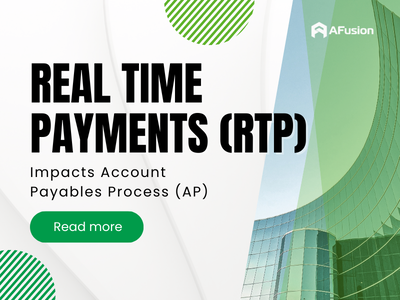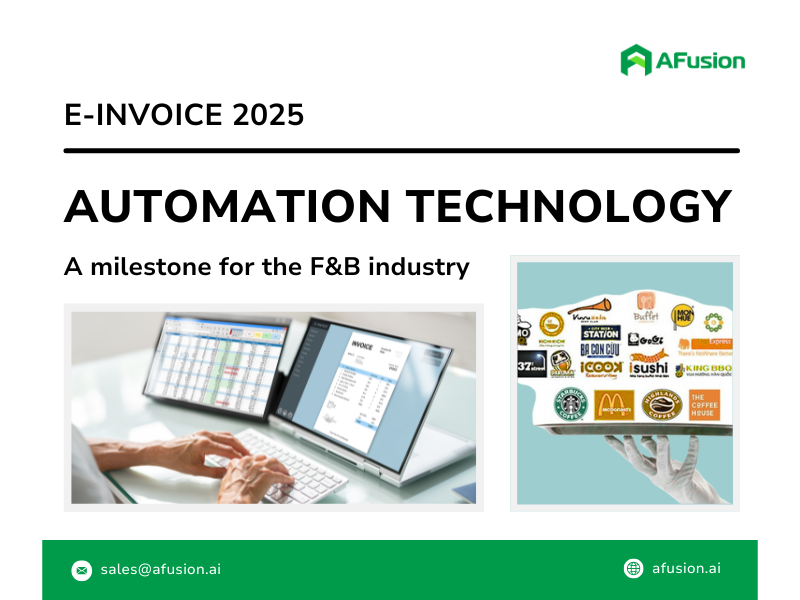Resources > Blog > 15> Top 6 Accounts Payable Trends (AP) for 2025
Top 6 Accounts Payable Trends (AP) for 2025
In an increasingly digital business world, Accounts Payable (AP) processes are undergoing significant transformations. Modern companies no longer view AP as merely a payment management department, but rather as a strategic function that deeply influences financial and operational efficiency. In other words, AP has evolved from a paperwork hub to a crucial source of business insights.
Emerging trends in this field are reshaping how businesses approach these processes, offering opportunities for optimization, cost savings, and added value. Let’s explore the top 6 accounts payable trends that are poised to revolutionize AP processes by 2025.
What is Accounts Payable?
The Accounts Payable (AP) process is a series of steps that a business undertakes to manage and pay debts to suppliers or third parties for goods or services purchased. This process ensures that businesses make accurate and timely payments while managing outgoing cash flow. Below are the basic steps of the AP process:
- Invoice Receipt
- Invoice Verification & Matching
- Payment Approval Process
- Data Entry into the Accounting System
- Payment Execution to Suppliers
- Record Keeping & Reporting
In essence, Accounts Payable is an accounting entry that records when a company receives goods or services on credit and needs to pay for them within a short period. Three key documents form the foundation of AP:
- Purchase Order (PO)
- Proof of Receipt of Goods
- Supplier or Vendor Invoice
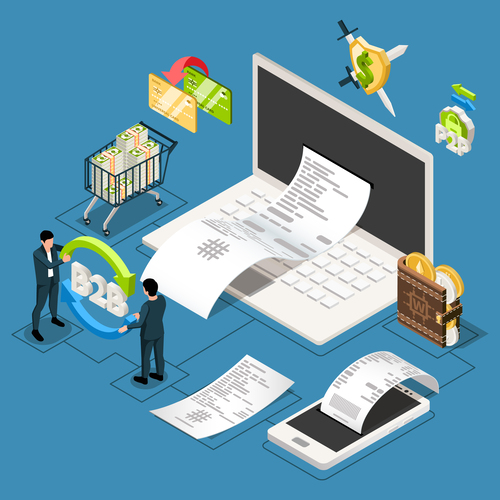
Top 6 Accounts Payable Trends for 2025
Here are the top 6 accounts payables trends predicted for 2025:
1. Automation in AP Processes
As businesses shift toward remote work, the demand for automation in AP tasks has risen significantly. This trend, driven primarily by the COVID-19 pandemic, has made working from home the new norm. Even post-pandemic, many employees expect to continue working remotely.
Today, AP process automation is not just a trend but a standard for many companies. According to a 2023 Ardent Partners survey, about 40% of businesses have already implemented automation in AP management, eliminating paper invoices and reducing manual tasks by 35%. These figures are expected to grow, reflecting the clear acknowledgment that manual processes are time-consuming and error-prone, while automated invoice processing can optimize AP workflows and save costs.
By 2025, it’s projected that 70-80% of global businesses will adopt automation technologies to increase efficiency and reduce errors in AP processes. Technologies such as Artificial Intelligence (AI), RPA, Machine Learning, and Intelligent Document Processing (IDP) will help speed up and enhance the accuracy of tasks like invoice processing, data categorization, and matching.
2. Smart Invoice Processing
The use of smart invoice processing systems is becoming more prevalent in Accounts payable trends. With the advancement of OCR (Optical Character Recognition) and LLM (Large Language Models), businesses can automatically read, extract, and analyze information from paper invoices, emails, or PDF documents, and input it directly into accounting systems.
A standout technology supporting smart invoice processing is IDP (Intelligent Document Processing). IDP leverages AI and Machine Learning to automatically identify, extract, and process information from unstructured documents such as invoices, contracts, and receipts.
This significantly reduces invoice processing time, improves accuracy, and reduces the risk of data entry errors. By 2025, automated invoice processing – an accounts payable trends – is expected to save AP departments up to 75% of processing time.
3. Digital Payments and Blockchain
According to Gartner, the business value added by Blockchain will exceed $176 billion by 2025 and surpass $3.1 trillion by 2030. Traditional payment methods are gradually being replaced by digital payments, especially in the context of global trade. Blockchain technology will also play a vital role in ensuring transparency and security in financial transactions. A Deloitte report projects that the Blockchain market in corporate finance could reach $23.3 billion by 2025, with businesses leveraging this technology to ensure accurate invoice payments and prevent fraud.
This highlights Blockchain’s potential—an Accounts payable trends that could revolutionize data management, streamline processes, and enable secure transactions—driving innovation and shaping the future business landscape.

4. Shift to Cloud-based AP Solutions
Traditional AP management systems are being replaced by cloud-based solutions. Cloud-based AP systems allow businesses to manage AP functions on an online platform. These systems are not only more accessible but also help businesses reduce costs while improving flexibility in remote data management.
According to Foundry, 60% of businesses reported increased and sustainable revenue after migrating to the cloud in 2021. Gartner predicts that by 2025, around 50% of companies will switch to cloud-based AP solutions to reduce operational costs and enhance financial management efficiency.

5. ERP Integration
Integrating ERP (Enterprise Resource Planning) systems into AP processes is becoming a crucial trend for optimizing financial operations. By 2025, the global ERP software market is projected to reach $100.7 billion, with a CAGR of approximately 9.8%. This growth reflects the increasing demand for businesses to utilize ERP systems to enhance AP performance, particularly in a competitive landscape and the need for real-time data-driven decision-making.
Think of an ERP system as the nerve center of a business. Adding AP automation is like giving it a supercharger. Integrating AP solutions with ERP systems increases operational efficiency by centralizing financial processes, facilitating seamless data synchronization, and reducing redundancy.
6. Mobile AP Applications
With the increasing trend of remote work, as mentioned earlier, people may no longer need to go to the office to manage AP in the future. This is made possible by mobile applications, including mobile AP apps.
These apps enable employees to manage invoices, approve payments, and track expenses from anywhere, at any time, as long as they have an internet connection. This not only enhances flexibility but also reduces processing time and increases work efficiency. For example, one could approve an invoice while waiting for morning coffee or make payments while on the move.
This not only saves time but also reduces errors caused by manual processes. A survey revealed that around 70% of businesses reported reduced errors thanks to the use of mobile applications in AP management. Additionally, mobile AP apps provide real-time data analytics, allowing businesses to monitor their financial health more effectively.
With these outstanding benefits, mobile management apps are gradually becoming an essential AP trend in modern financial management in the near future.
Conclusion
The Accounts Payable (AP) process is a crucial part of any business’s operations. 2025 will bring incredible changes to the AP world. By understanding and leveraging the power of emerging technologies, businesses can stay competitive, adapt to shifting market dynamics, and seize new growth opportunities. Moreover, staying updated on technology trends and AP processes ensures that your business won’t fall behind competitors or global development.
As an outsourcing solutions provider, we help businesses stay up-to-date with accounting, finance needs, and process optimization, particularly in AP processes. Join the AP revolution with AFusion.
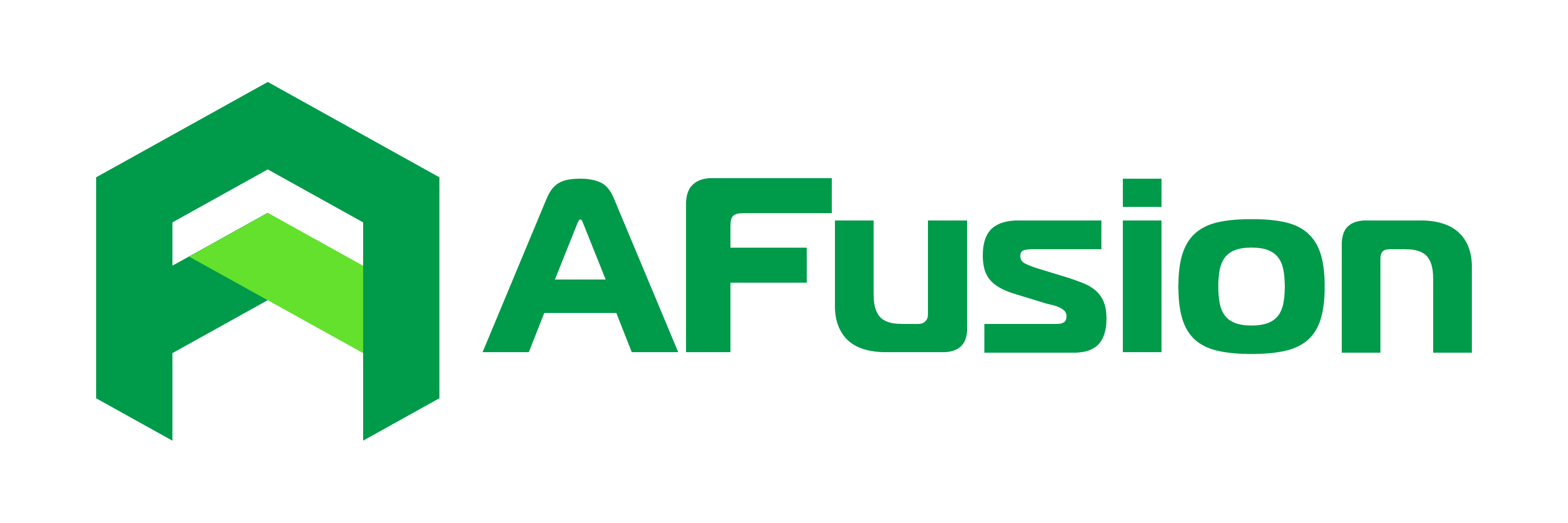


 Previous Post
Previous Post Next Post
Next Post
